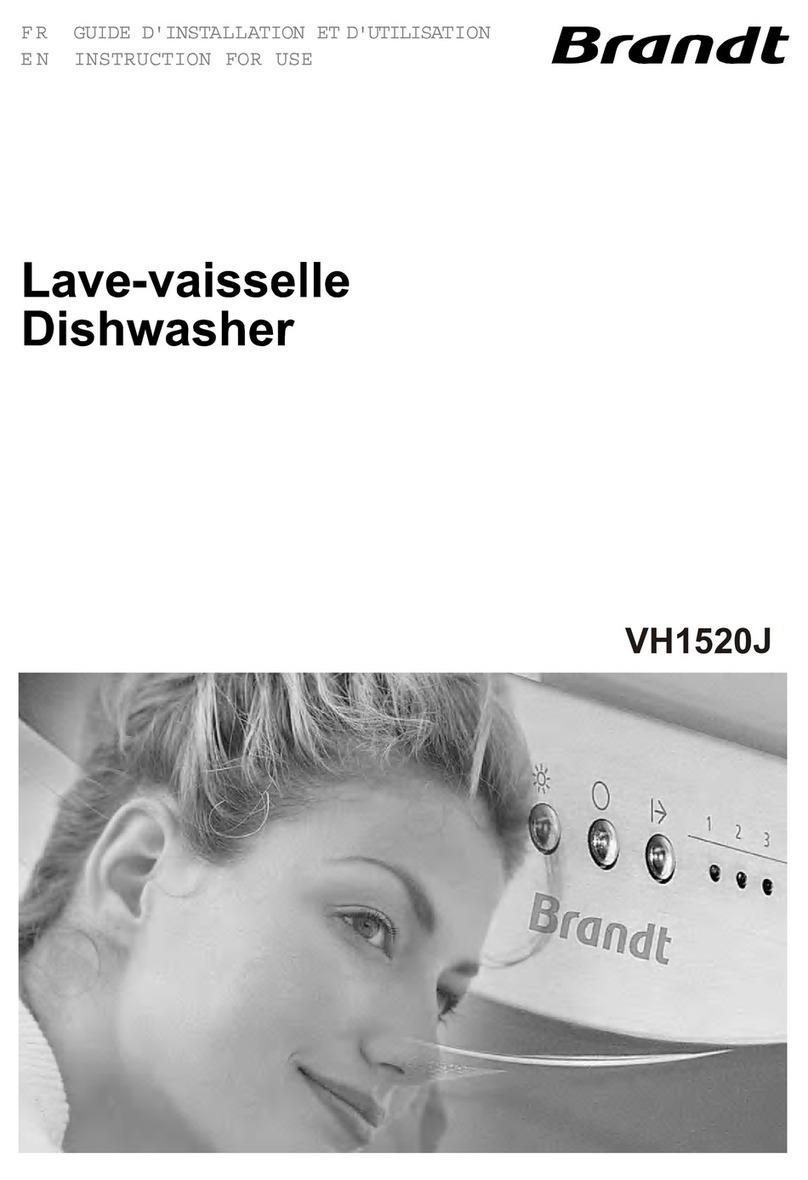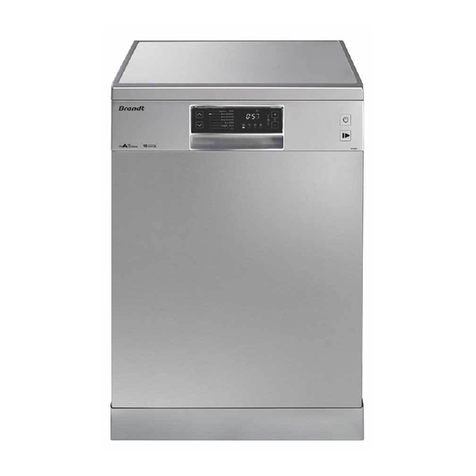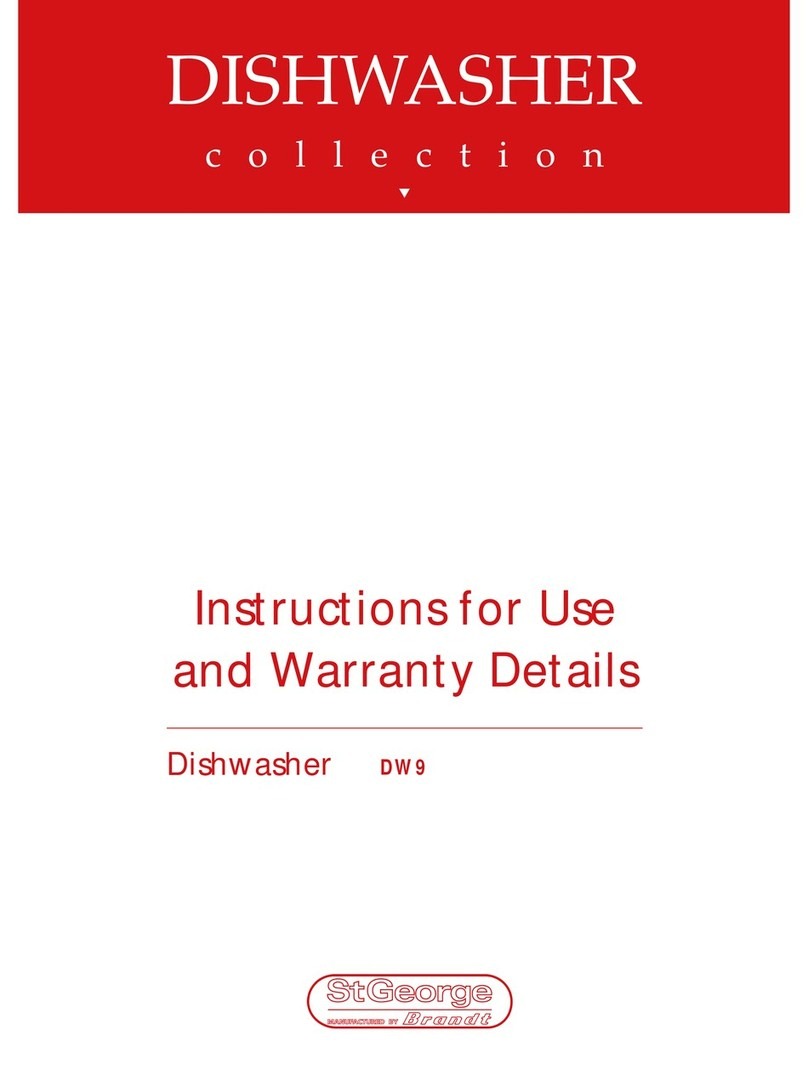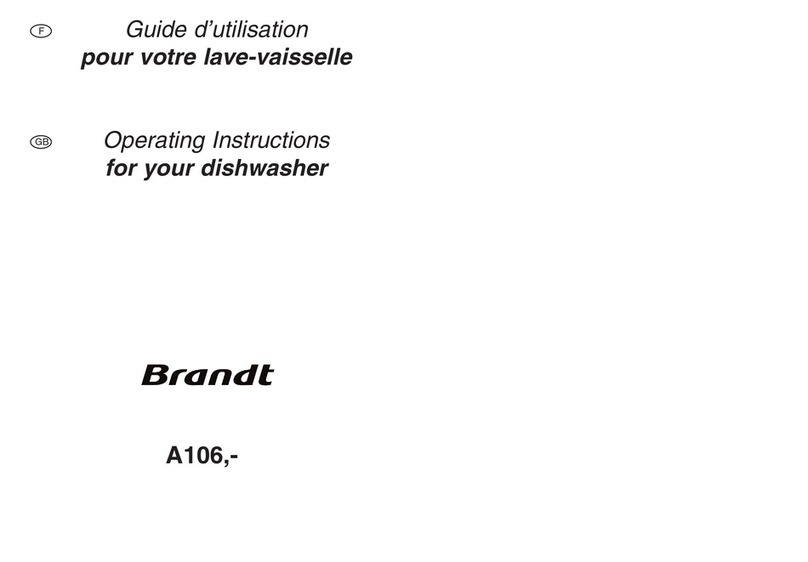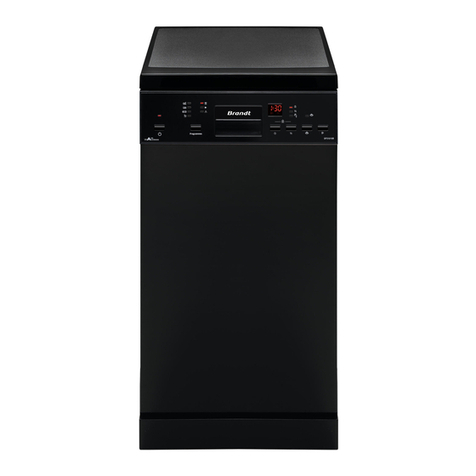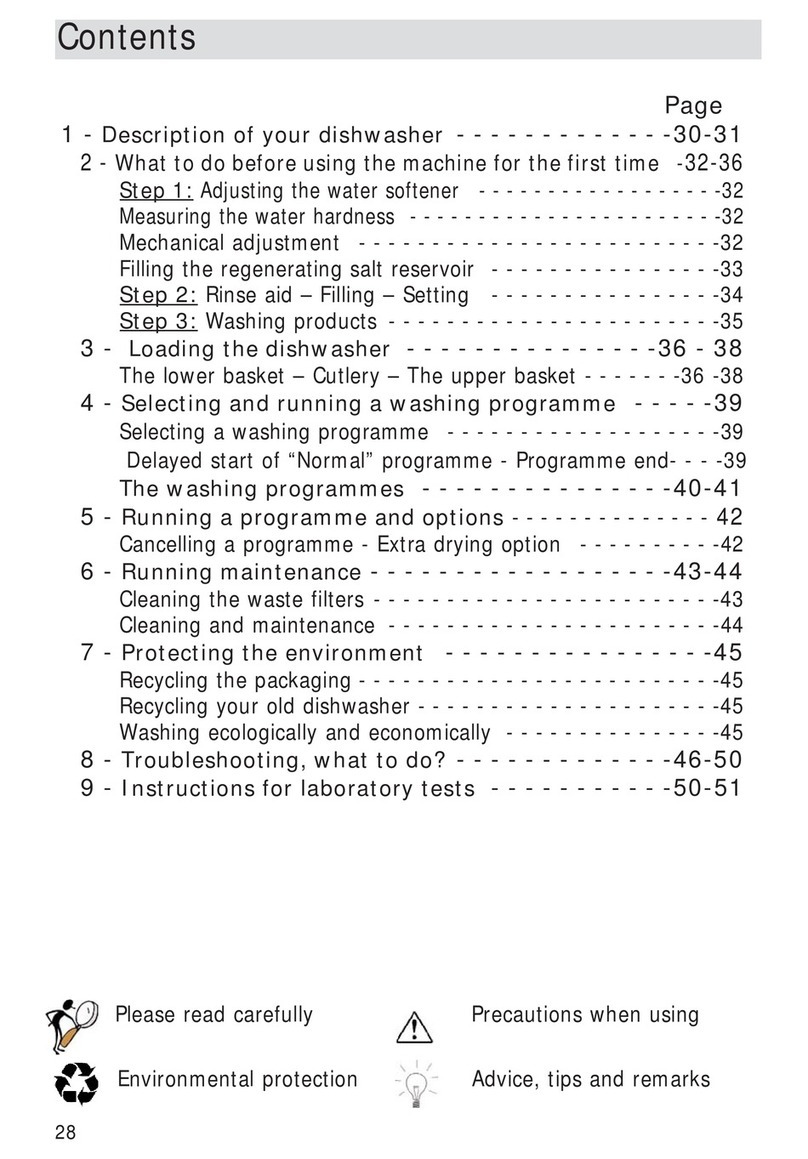
DishwasherFeatures.................................... ...3
A Water Softener..................... ....................4、..
Attention before or after loading the Dishwasher
Baskets..........................................................9
Filtering System.............................................15
Caring for the Dishwasher..................... .........16.
B Loading theSalt into the Softener.................5、
C Fill the RinseAid Dispenser.........................5、
D FunctionofDetergent.................................6
、
Loading the upper ...............................10Basket
LoadingtheLower ...............................10Basket
Cutlery Basket........................................... ...12
Therecommended method loadingbig
dishware.................................................... ...11
WashCycle Table...........................................13
Turning on theAppliance................................14
Changethe Programme.............. ................14....
At the End of the Wash Cycle...........................14
Before calling for service........................... .....24.
Errorcodes.................................... ..............25.
Technical information.............................. .....26..
ControlPanel...................................................3
.................................. 17Installation preparation ...18Aesthetic panel's dimensions and installation
..............20Tension adjustment ofthedoor spring
.............................. 20Connection of drain hoses ......................... 21Dishwasher installation steps
About Electricity Connecting...........................22
Cold Water Connection.................................. 23
To review the section on troubleshooting Tips
will help you to solve some common problems
by yourself .
Dear Customer,
Please carefully read this manual before using the
dishwasher, it will help you to use and maintain the
dishwasher properly.
Pass it on to anysubsequent owner of the appliance.
This manual contains sections on safety Instructions,
OperatingInstructions,InstallationInstructionsand
Troubleshooting Tips, etc.
The manufacturer, following a policy of constant
developmentandupdatingof the product, may
make modifications without giving prior notice.
This usermanualshall alsobe got fromthe
manufactureror responsible vendor.
Keep it to refer to it ata later date.
If you can not solvethe problems by yourself ,
please ask for the help of professional technicians.
